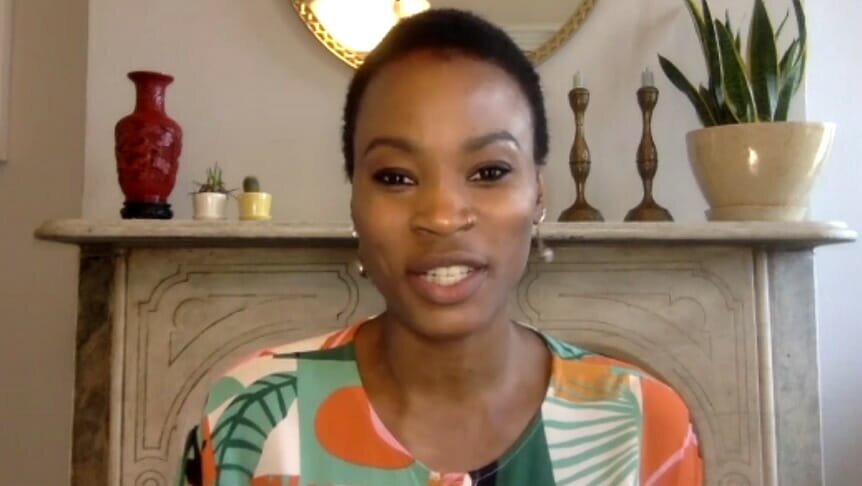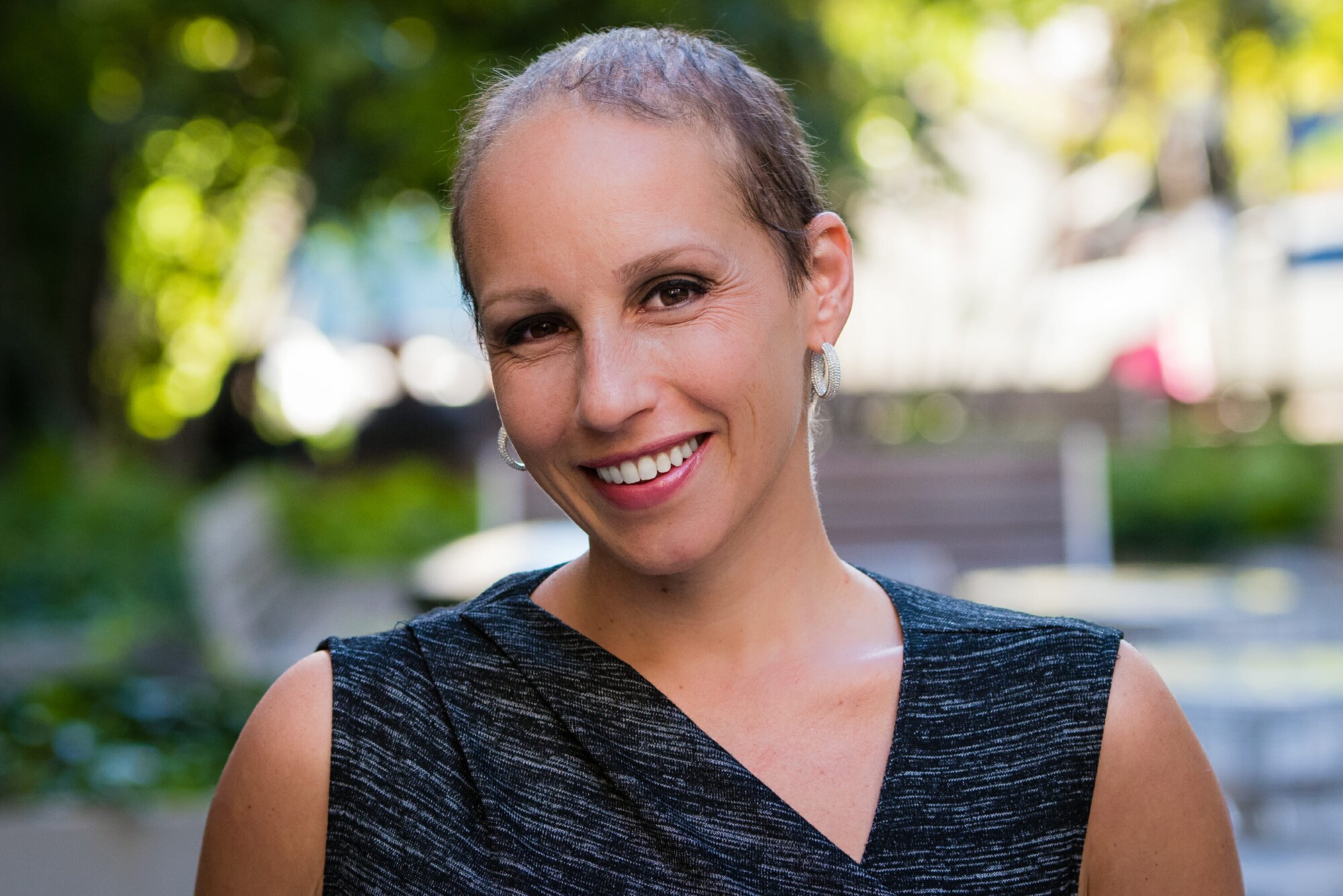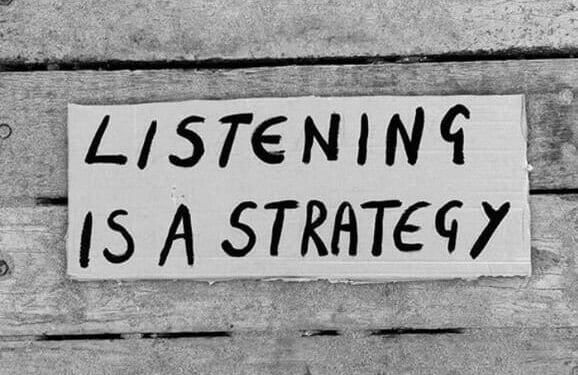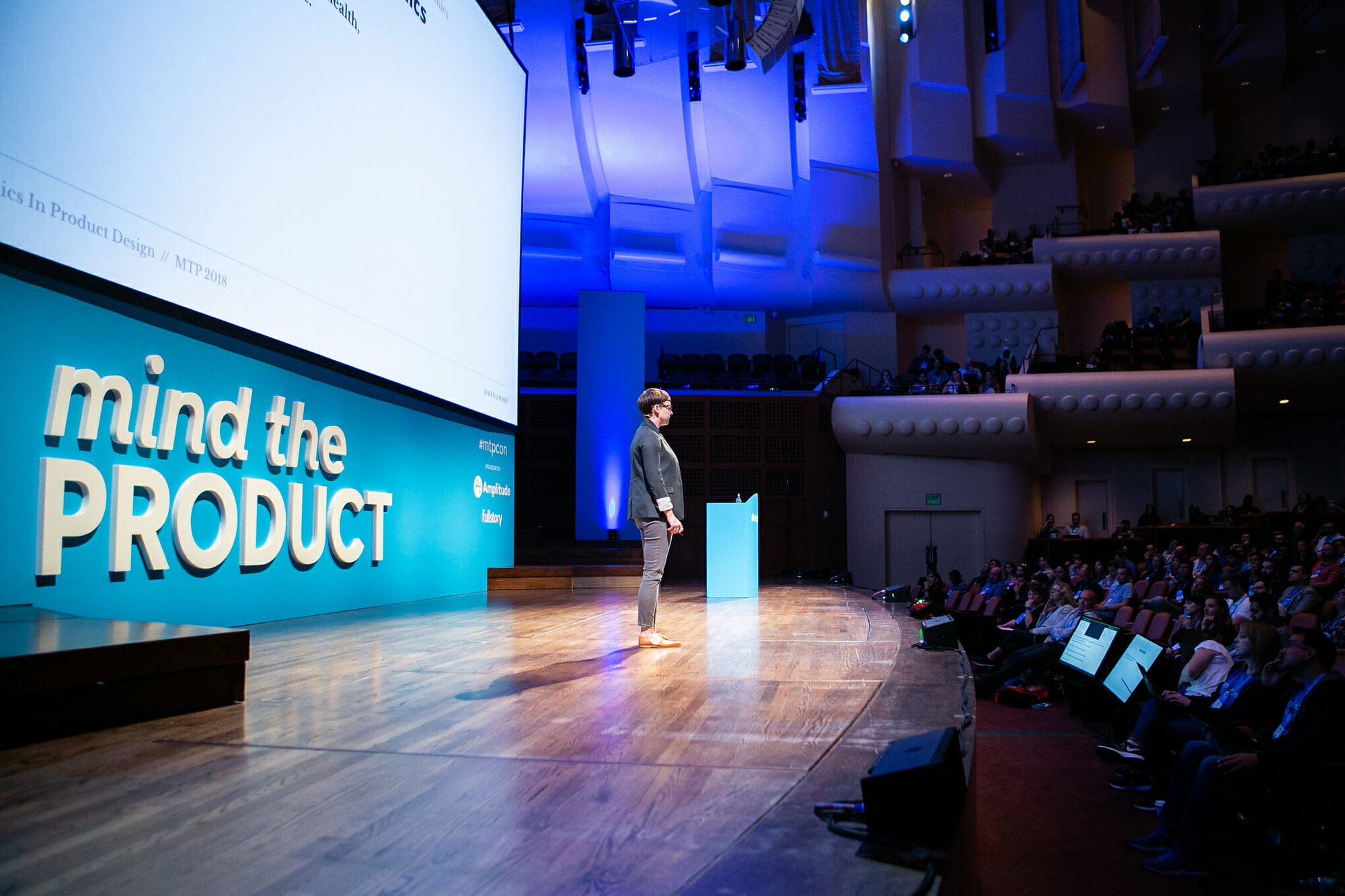In this #mtpcon Digital Americas keynote, Nikkia Reveillac, Former Head of Research, Twitter looks at why EQ is the key ingredient in the highest performing product development teams.
Watch the video to see Nikkia’s talk in full (you can also watch the recordings of all our #mtpcon Digital Americas talks here). Or read on for an overview of her key points.
Nikkia starts with a story – she takes us back to November 1989 when two countries, the US, and her homeland of Trinidad and Tobago, were both vying to make their first appearance in the 1990 World Cup. They were playing each other, the US needed to win to go through, whereas Trinidad and Tobago needed to draw. But the US scored the only goal of the match and went through. Nikkia says subsequent analysis of the Trinidad and Tobago defeat concluded that the players could not work together as a team. She says: ”They were stars in their own right, but they had never played together as a unit. This collection of stars did not necessarily make a team. They did not know how to play well with each other.”
She says the key message from her talk is that product development is a sport, it's a team sport. However, a collection of superstars does not make an exceptional team. Exceptional teams are made of stars who understand how to work well together.
Functional vs emotional work
There are two types of work to consider when developing successful solutions, says Nikkia. One is functional work – the technical tasks that must be done in order to bring a product, a new feature, an evolution of a customer experience or a new customer experience to fruition. She says technical work often gets prioritised because it's tangible, “you can assess it, you can measure for it, you can monitor it”.
The second type of work is what Nikkia calls emotional work, or “the work around the work”. It includes relationships, building trust, displaying empathy that allows you to see what somebody else is feeling. It requires a kind of communication that is tailored to the situation at hand but is more challenging to understand, assess and measure. She says: “It's my belief that emotional work, and emotional intelligence, also known as EQ, are the things that lead to key differentiating success, among product development teams.”
She then goes through the seven qualities that are indicative of emotional intelligence in teams: self awareness, empathy, humility, a growth mindset, relationship building, effective communication, and personal influence.
What if emotional intelligence is missing?
Nikkia asks what’s the worst that can happen if emotional intelligence is missing from a team? The good news, she says, is that teams have operated for years without overtly prioritising emotional intelligence and done just fine. But the bad news is that there are a number of negative downstream effects of product development.
The first is lack of trust. It means people have a hard time trusting the opinions of their colleagues, she says. “It becomes really really difficult for people who have unique ideas, maybe dissenting points of views, to feel comfortable sharing”.
The second is poor communication, which goes with a lack of trust. Says Nikkia: “What ends up happening is that communication is centred, not transparent.”
The third is lower performance. “Over time, if you don't have great communication, you don't trust your partners or stakeholders, confidence, morale, all of these things start to slowly wane, leading to lower levels of commitment to get the work done,” Nikkia says.
Lastly at a company level, productivity and profits are affected. “The product solution that ultimately makes its way to market may be okay but doesn't really satisfy a true customer unmet need or underserved need or pervasive problem. It's okay, but it was what management wanted.”
Some practical tips for building emotional intelligence into teams
Let your team know that if they start to think about emotional intelligence as a core competence they’re likely to get faster decision making.
You should also point out that they'll also be able to pivot more quickly. That means higher productivity, higher morale, less attrition, more profits.
Nikkia recommends including behavioural questions in preliminary candidate screening. You can come up with them by thinking about the most common sources of friction, and she gives an example question. “You've been told by someone in leadership that you need to cut several weeks out of your timeline, and launch the first version of the product, much earlier than you plan. You know that this will mean sacrificing the issuance of phases of assessment and research with users to get crucial feedback on the experience, something that you and your team agreed was essential given the risk. How might you approach your next steps here?”
Modelling the right behaviour is very important for ensuring emotional intelligence is a core competency for a team, says Nikkia.
You can also train for it, she says. In her last two roles she had the opportunity to work with executive coaches and got their help in training her teams.
You should also incentivise. Says Nikkia: “At the end of the year, we often get rated on hard OKRs. They can be measured, they're technical, they're time bound. Why not include something much more soft in that mix, but still measurable. Many of us are working in companies where there's a pulse survey that goes out and asks questions like ‘Do you want to stay working here for the next year? How well do you feel like your opinions are valued?’ Wouldn't it be wonderful if that somehow was incorporated into the end of year review?”
Explore more #mtpcon video content or use our Content A-Z to find even more product management content.






